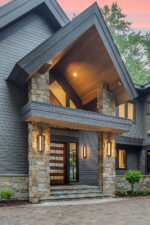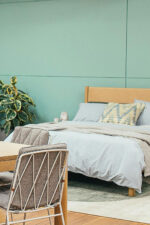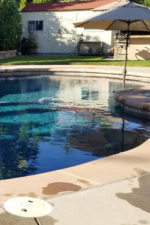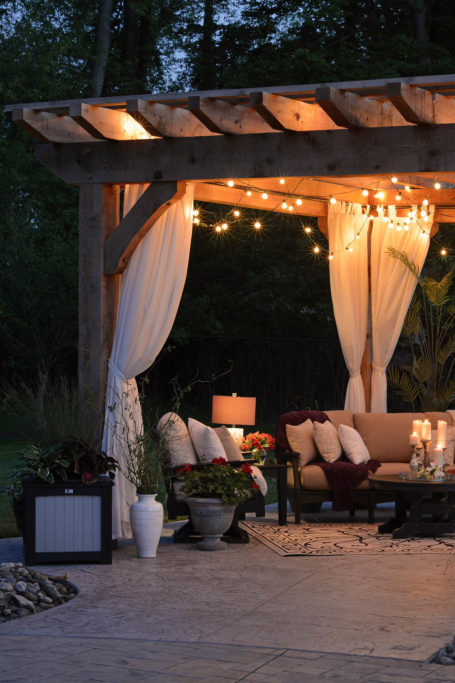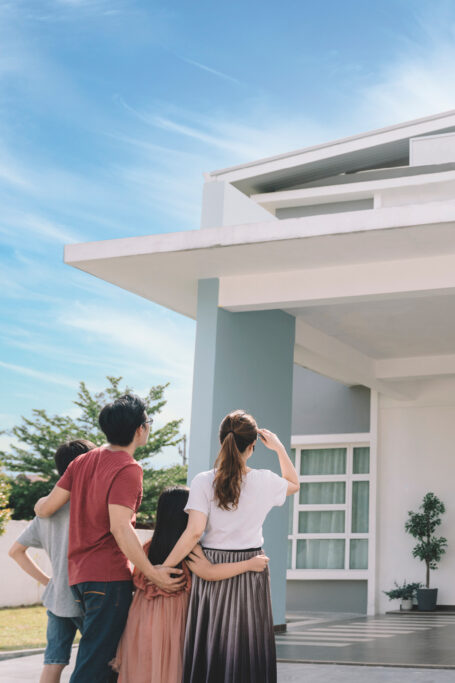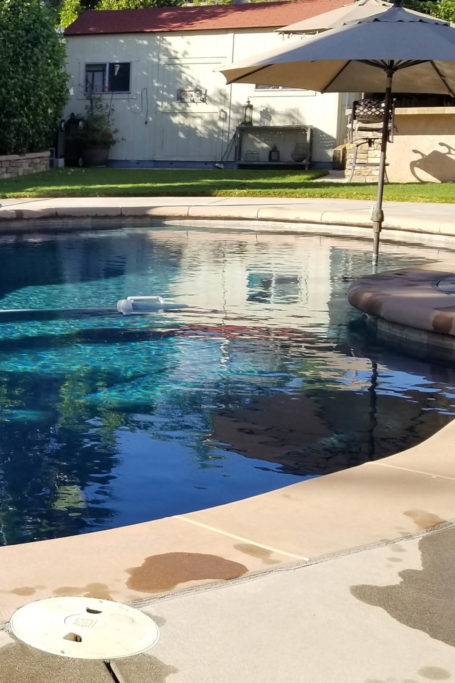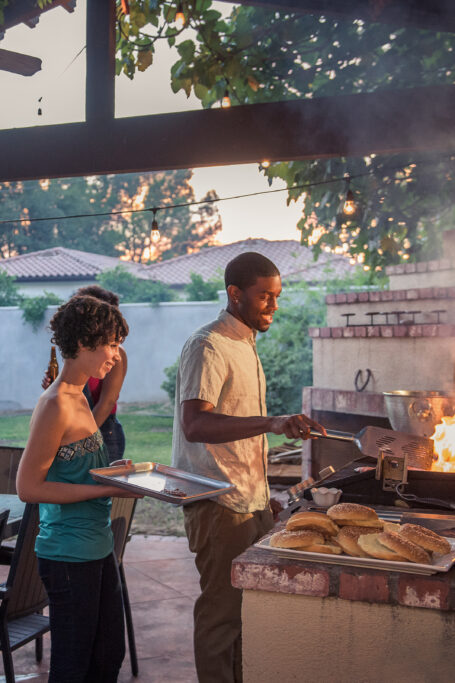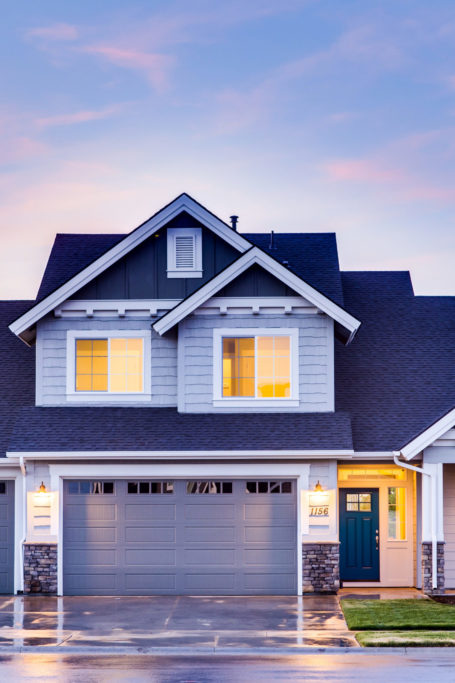How Sun Exposure Affects Your Home
Did you know that the direction your home faces can affect your sun exposure? Design your home and garden with sunlight in mind to save money and improve your indoor ambience.
Sunlight does more for your home than warm you with natural light. It can impact your heating and cooling costs, your indoor comfort, your furniture, and how well you sleep.
In fact, sunlight may have been a factor in how your home was built. Many architects and home developers consider orientation, or the cardinal direction your home faces, when making choices about windows, skylights, and more. If you’re shopping for or even building a new home, orientation is a crucial feature to consider. Here is how sunlight affects different homes based on their exposure.
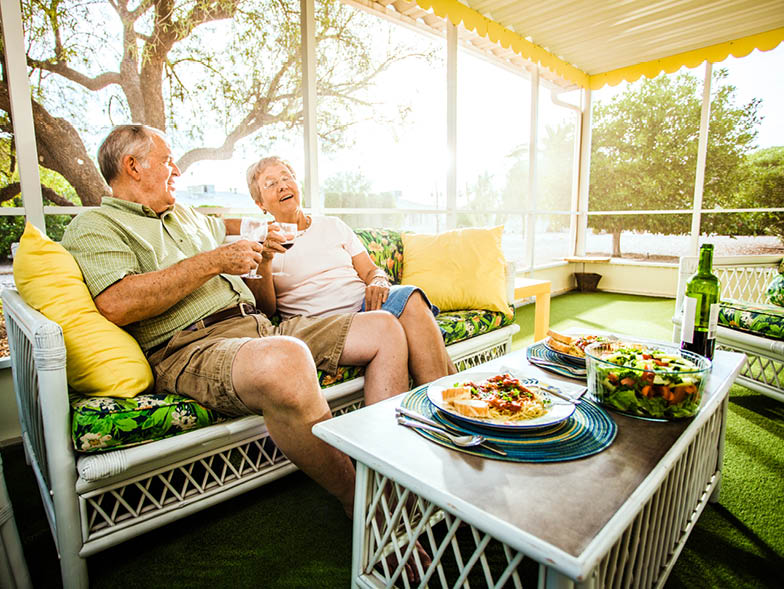
North
Facing north is considered ideal for homes in warm locations. Because the sun rises in the east and sets in the west, north-facing homes get less direct natural light, making this the most sunlight-proof orientation. Since sunlight heats buildings, facing north minimizes direct indoor sunlight and therefore lowers your potential cooling costs. If you live in a hot climate or are concerned about reducing sun damage to your furniture and decor, find a north-facing home if possible.
However, north-facing homes experience certain challenges due to said sun exposure. In the winter, icicles, slippery sidewalks, and snow accumulation can be a problem for those in cold climates. And because north-facing homes cast more shade on the front lawn, you may need to select low-light plants, like ferns and hydrangeas, for your foundation and front porch.
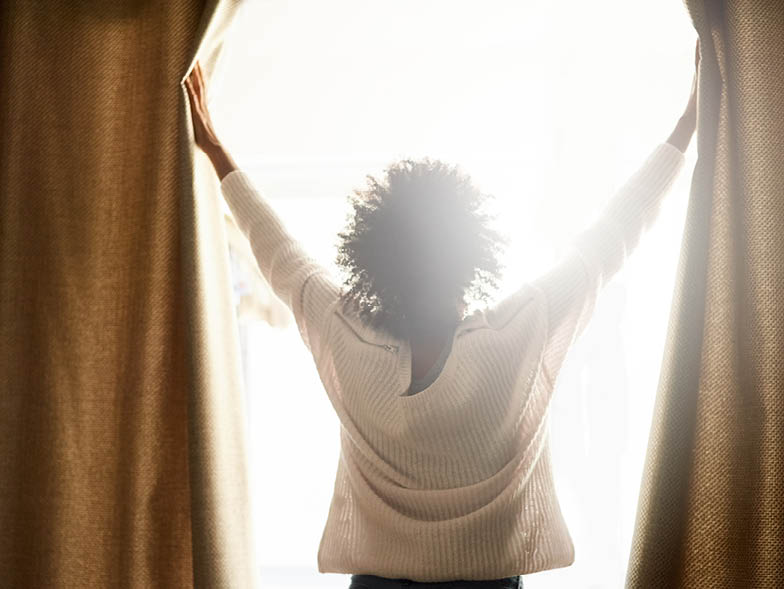
South
South-facing homes tend to get the most consistent sunlight throughout the day as the sun passes from east to west. Many homebuyers seek out south-facing homes for their pleasant natural light and views. However, these homes also absorb more radiant heat—the heat from infrared sunlight. This can make winters warmer but can lead to higher cooling costs in the summer.
If you’re building a new home, install sunlight-resistant, insulating materials like stucco or brick on its south side, if not the whole structure. Many home builders lay inexpensive wood or vinyl siding on walls that are less visible from the curb to save money.
South-facing homes also receive less backyard sunlight, so you’ll have plenty of shade for outdoor entertaining. If you want to enjoy a pool or edible plant garden, though, this may be a challenge if you own a south-facing home.
East
As the sun rises in the east, east-facing homes will enjoy pleasant morning sunlight. However, once the sun is high in the sky, the front lawn and facade will enjoy softer indirect light.
Install curtains or blinds in bedrooms that get eastern exposure unless you want bright sunlight to wake you up at dawn. You could also plant trees or large shrubs near these windows for natural shade. However, breakfast nooks, kitchens, and home offices that face east may feel more energizing when they receive direct morning sun.
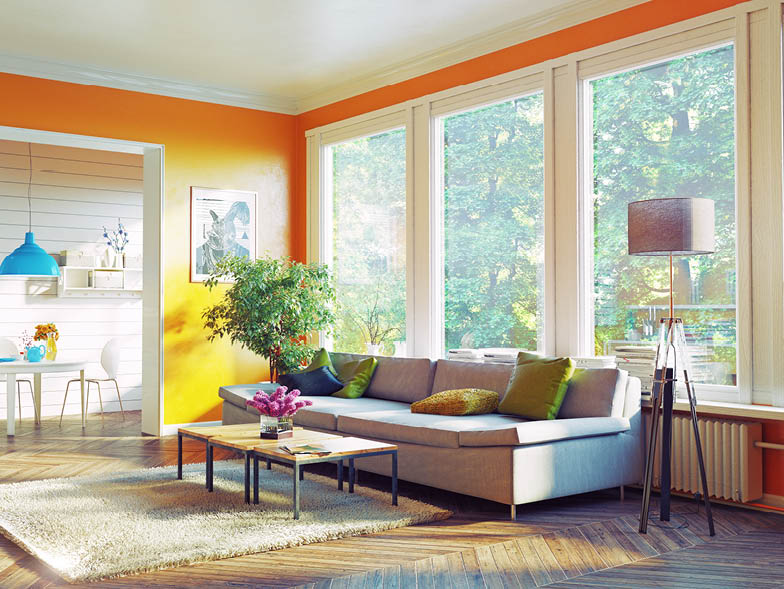
West
Homes that face west only receive direct sunlight come midafternoon, so bedrooms with west-facing windows will experience less troublesome morning light. If your home faces west, your living room or den likely receives the most direct light. This means more heat and a bright, irritating glare in the rooms where you may spend the latter part of the day.
Install treatments like blinds and drapes over west-facing windows so you can relax in the evening without having to shade your eyes indoors. But you may enjoy some late sunset views in a west-facing dining room for a romantic ambience.
If you’re shopping for a home, consider how orientation can affect your daily life and utility costs. You can even request to view homes that face the cardinal direction that appeals to you the most.



